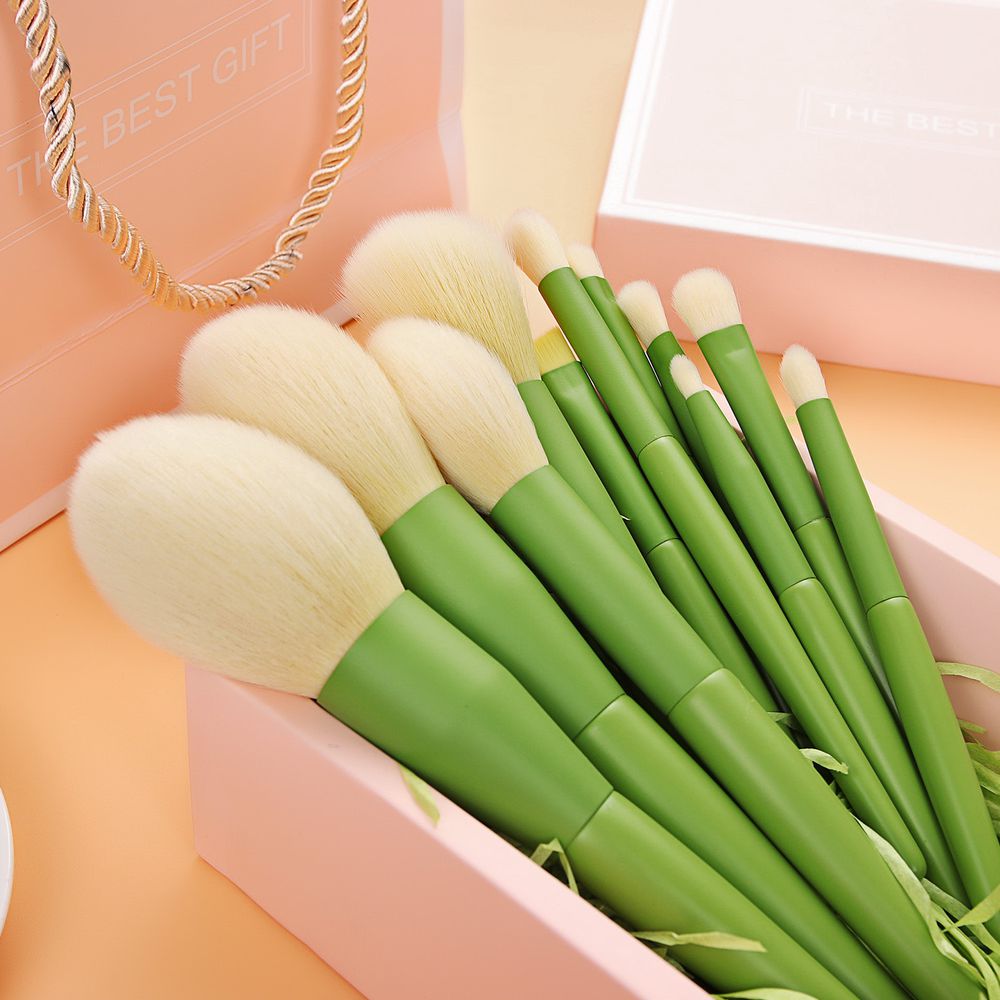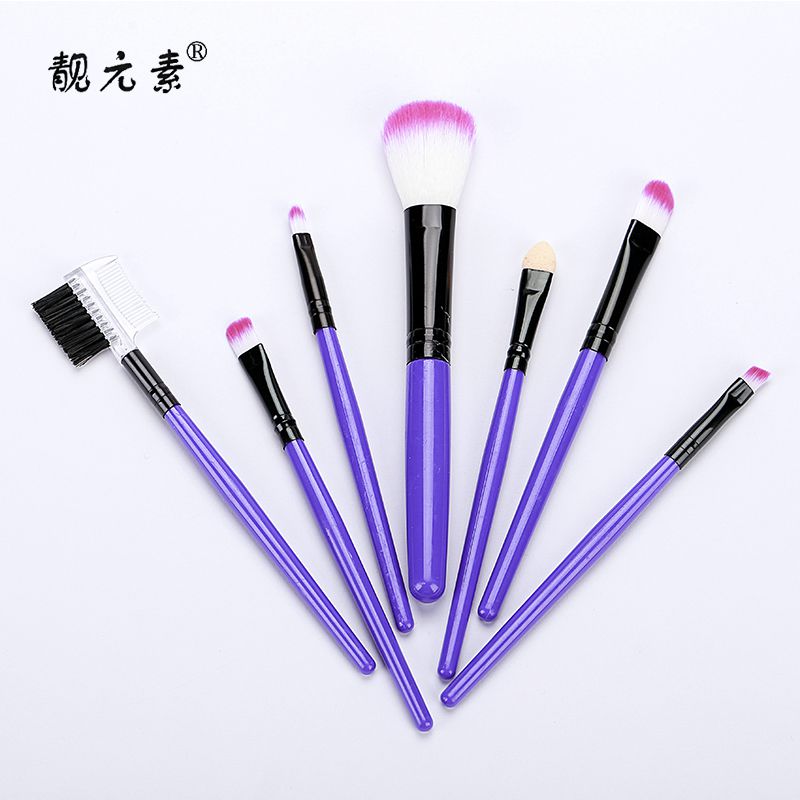Industry news
Beauty Influencers Debunk Myths: Natural vs. Synthetic Bristles – Which Performs Better?
- 532 Views
- 2025-08-15 01:31:50
Beauty Influencers Debunk Myths: Natural vs. Synthetic Bristles – Which Performs Better?
In the world of beauty, few debates spark as much chatter as the showdown between natural and synthetic makeup brush bristles. For years, beauty lovers have clung to the myth that “natural is always better,” but today’s top beauty influencers are setting the record straight. Through side-by-side tests, ingredient deep dives, and real-user feedback, they’re exposing outdated beliefs and highlighting how modern synthetic bristles are redefining performance standards.
The Myth of “Natural Superiority”

Historically, natural bristles—sourced from animal hair like squirrel, goat, or pony—were hailed for their softness and “superior” powder-grabbing ability. Beauty gurus once claimed synthetic options (made from materials like nylon or polyester) were stiff, patchy, and only fit for budget brands. But influencers like Emma Chen, who boasts 2M+ followers on TikTok, recently shattered this idea with a viral video: “I tested 10 high-end natural brushes against 10 premium synthetics for loose powder. The synthetics? They held pigment evenly, blended seamlessly, and left zero fallout—something even my $150 natural brush couldn’t match.”

Natural Bristles: Pros, Cons, and Caveats
Natural bristles do have strengths. Their hollow shafts and irregular cuticles excel at picking up dry powders (think setting powder or bronzer), creating a soft, diffused finish. However, influencers are quick to point out their flaws. Mia Rodriguez, a cruelty-free beauty advocate, notes: “Natural brushes often shed, especially after washing. And if you have sensitive skin? The proteins in animal hair can trigger irritation. Plus, ‘natural’ doesn’t always mean ethical—many brands still source hair from unregulated farms, leading to animal mistreatment.”
Maintenance is another hurdle. Natural bristles require gentle, specialized cleansers to avoid drying out, and they degrade faster with frequent use. “I replaced my natural blush brush every 6 months,” says skincare influencer Leo Kim. “The synthetic one I bought 2 years ago? Still as soft as day one.”
Synthetic Bristles: The Modern Game-Changer
Thanks to advancements in polymer technology, today’s synthetic bristles are a far cry from the scratchy tools of the past. Brands now engineer fibers with tapered tips and varying densities to mimic the softness of natural hair. “Modern synthetics are designed with micro-grooves that hold liquid and cream products (like foundation or concealer) without absorbing too much product,” explains makeup artist and influencer Zoe Patel. In her YouTube test, a synthetic brush applied liquid foundation in 30 seconds with zero streaks, while a natural brush required 2 minutes and left patchy spots—“because natural hair soaks up half the product!”
Synthetics also win on accessibility and ethics. They’re 100% cruelty-free, making them a hit with Gen Z and millennial consumers prioritizing animal welfare. “My followers ask for cruelty-free options daily,” says eco-beauty influencer Lila Torres. “Synthetics check that box and are vegan-friendly.” Plus, they’re easier to clean (soap and water work!) and resistant to bacteria buildup, a key factor for acne-prone users.
The Verdict: It’s About the Product, Not the “Type”
So, which performs better? Influencers agree: there’s no one-size-fits-all answer. “For loose powder, a natural brush might still have a slight edge in ‘fluffiness,’” admits Emma Chen. “But for liquids, creams, or sensitive skin? Synthetics dominate.” Modern synthetics, she adds, now rival natural bristles even in powder applications, thanks to ultra-soft fibers like Taklon or Microfiber.
The real takeaway? The “natural vs. synthetic” debate is outdated. What matters is intended use: choose natural for lightweight, dry products; synthetic for creamy, liquid formulas or sensitive skin. And with brands investing millions in synthetic innovation—think heat-resistant fibers or eco-friendly, biodegradable synthetics—the gap is closing faster than ever.
As Lila Torres puts it: “Stop chasing the ‘natural’ label. Chase performance, ethics, and how the brush makes your makeup routine easier. Spoiler: These days, synthetics are winning that race.”











